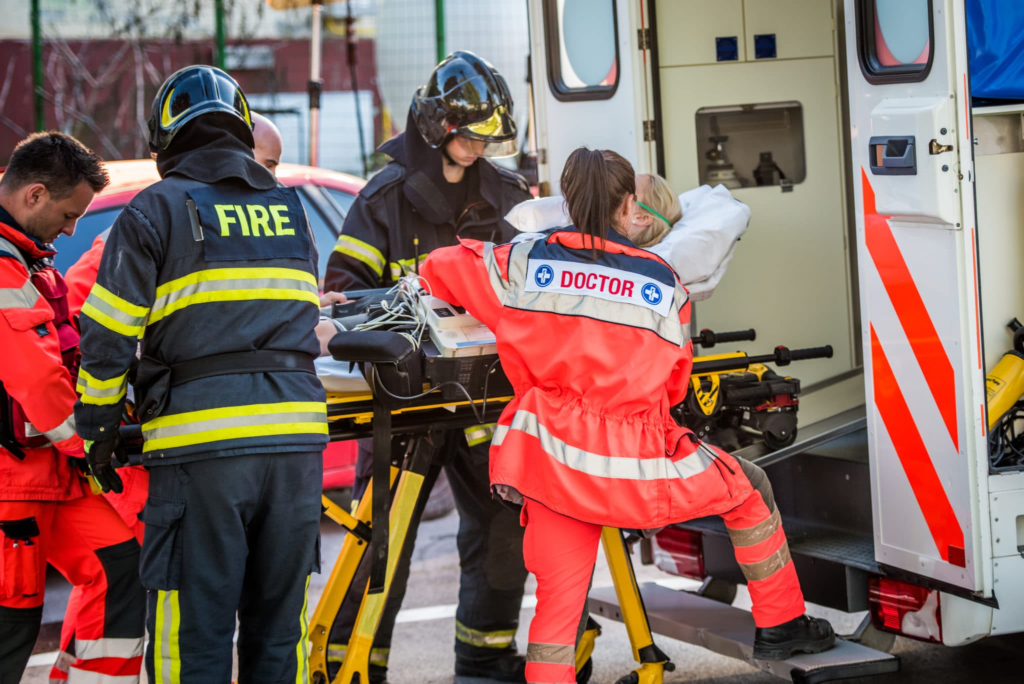Orthopaedic trauma, comprising injuries to the musculoskeletal system, demands immediate attention and specialized care. In Malaysia, orthopaedic centres play a critical role in providing emergency services and treatments for a variety of injuries.
This article explores the emergency services offered by SJMC orthopaedic centres in Malaysia, emphasizing their significance in the swift and effective management of orthopaedic trauma. The article will also delve into the advanced treatment options and rehabilitation programs that these centers offer, ensuring comprehensive care for patients recovering from orthopaedic injuries.

Emergency Services for Orthopaedic Trauma
Orthopaedic centres in Malaysia are well-equipped to handle emergencies related to musculoskeletal injuries. When an orthopaedic trauma occurs, individuals can seek immediate assistance at these centres where a team of skilled professionals, including orthopaedic surgeons, trauma specialists, and support staff, work together to ensure timely and effective care.
These facilities are fortified with state-of-the-art technology for accurate diagnosis and tailored treatment plans, from minimally invasive surgery to complex reconstructions. Patients also benefit from comprehensive post-operative care and rehabilitation services designed to facilitate a swift and successful return to daily life.
Foot & Ankle Injury Services
In cases of foot and ankle injuries, immediate attention is crucial. Orthopaedic centres provide emergency services that include diagnostic imaging, such as X-rays or CT scans, to assess the extent of the injury accurately.
Treatment options may range from immobilization and bracing to surgical interventions, depending on the severity of the injury. Swift intervention helps prevent complications and promotes faster healing.
Hand & Wrist Injury Services
The common hand injuries, whether due to accidents or falls, are addressed promptly in orthopaedic emergency services. Diagnostic tools like X-rays and, if necessary, MRI or CT scans aid in precise diagnosis.
Emergency treatments may involve splinting, casting, or, in severe cases, surgery. The goal is to restore function and prevent long-term complications, such as joint stiffness or deformities. Post-treatment, orthopaedic centres provide follow-up care, including physical therapy and occupational therapy, to support a full and efficient recovery.
Knee Injury Services
Knee injuries, often occurring during sports or accidents, are given immediate attention in orthopaedic emergency services. Advanced diagnostic tools like MRI or X-rays are used to assess ligament tears, fractures, or other damage.
Emergency treatments may include pain management, bracing, and in some cases, surgical intervention. The focus is on preserving knee function and preventing further damage. Subsequent rehabilitation and physical therapy are crucial for ensuring a successful recovery and a timely return to daily activities or sports.
Spinal/Spine Injury Services
Spinal injuries require urgent assessment and intervention to prevent long-term complications. Orthopaedic centres in Malaysia offer emergency services equipped with advanced imaging technologies like CT scans and MRI.
Immediate treatments may involve spinal stabilization, pain management, and surgery if required. The collaborative efforts of spine surgery specialists, neurosurgeons, and other specialists ensure a comprehensive approach to spinal injury care.
Emergency Orthopaedic Care in Malaysia for Swift Specialized Response

Orthopaedic trauma demands a rapid and specialized response, and orthopaedic centres in Malaysia are well-prepared to provide emergency services for injuries. The integration of advanced diagnostic tools, immediate interventions, and a multidisciplinary team of specialists ensures that individuals receive comprehensive and effective care during critical moments.
In cases oforthopaedic trauma, time is of the essence. Seeking emergency services at an orthopaedic centre in Malaysia ensures that individuals receive timely and accurate diagnoses, leading to swift and appropriate treatments. The goal is not only to address immediate concerns but also to prevent long-term complications, promoting optimal recovery and musculoskeletal health.


